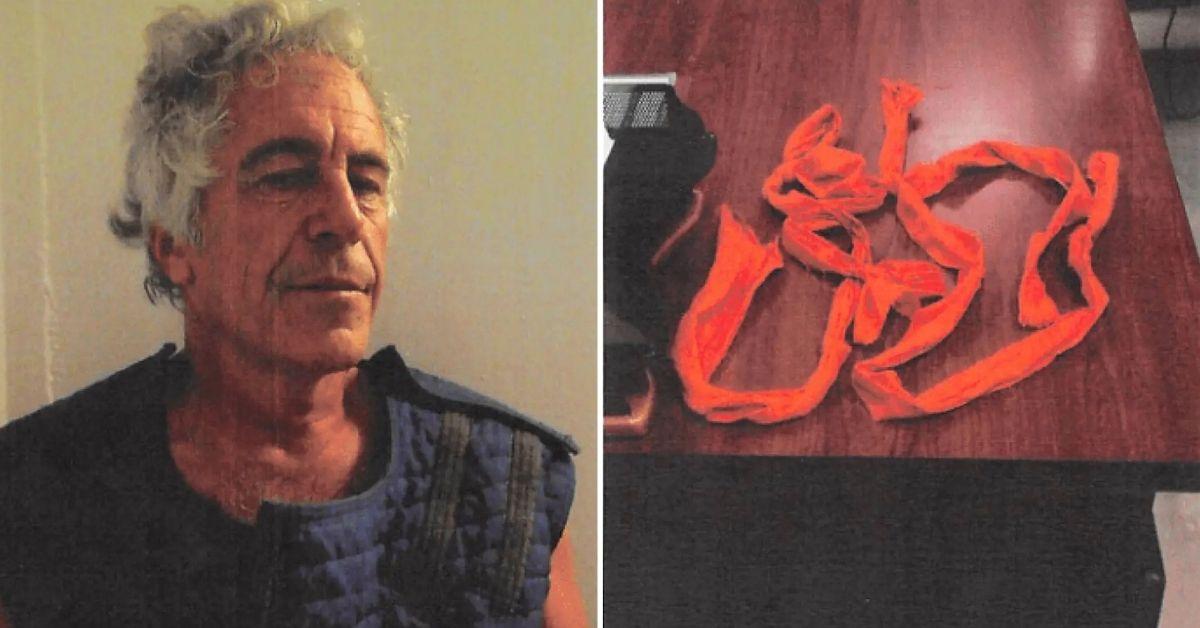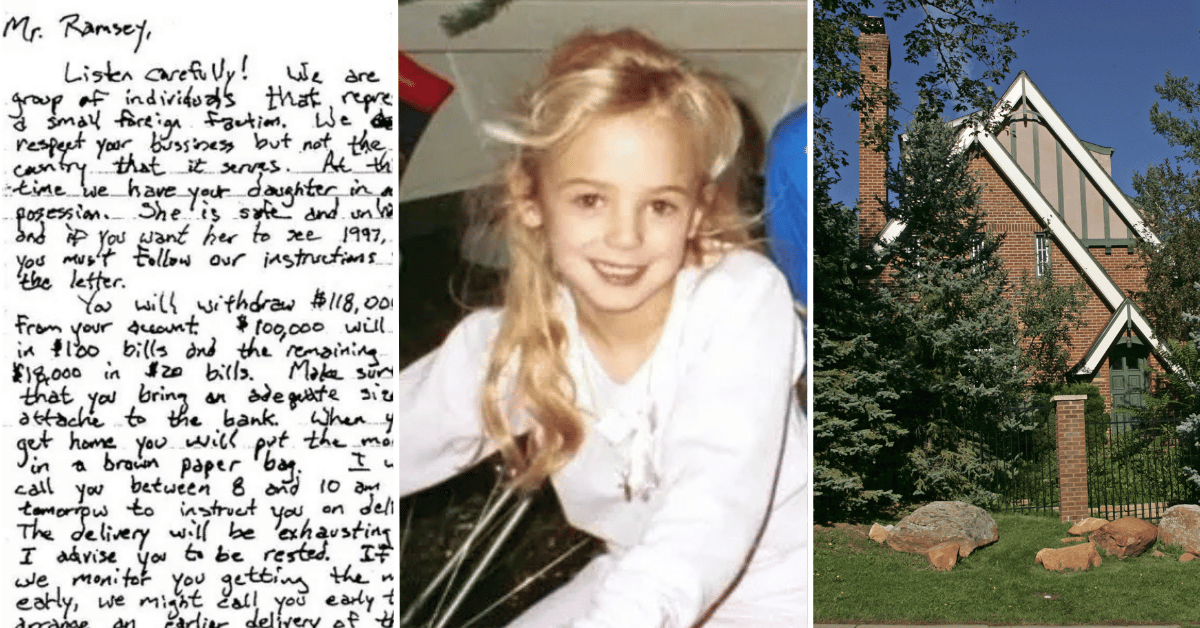Horrifying New Photos: NTSB Releases Preliminary Kobe Bryant Helicopter Crash Report
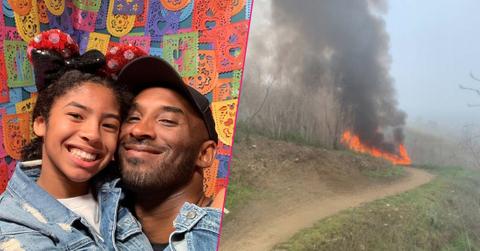
Feb. 7 2020, Published 7:37 p.m. ET
WARNING GRAPHIC DETAILS
Kobe Bryant, his daughter Gianna and seven others were killed after their helicopter crashed and was “destroyed by impact forces and fire,” the National Transportation Safety Board preliminary report stated.
The details were released on February 7 about the deadly accident that took the lives of the Lakers legend and the others aboard, as well as haunting new photos which show the last photograph of the helicopter entering the heavy fog before crashing.
“On January 26, 2020, at 0945 Pacific standard time (PST), a Sikorsky SK76B helicopter, N72EX, collided with hilly terrain near the city of Calabasas, California,” the report obtained by RadarOnline.com stated.
“The pilot and eight passengers were fatally injured, and the helicopter was destroyed by impact forces and fire.”
According to the Aircraft Accident Investigative Update, “The entire fuselage/cabin and both engines were subjected to a postcrash fire.”
The NTSB report aboutKobe’s tragic accident with the group traveling to his daughter’s basketball game shed new insight into the deadly last minutes of the accident.
“The wreckage was located in the foothills of the Santa Monica mountains, in a mountain bike park. The impact site was on an approximate 340 slope. The impact crater was 24 feet-by-15 feet in diameter and 2 feet deep,” the report said about the scene in Calabasas.
“All significant components of the helicopter were located within the wreckage area. Examination of the main and tail rotor assemblies found damage consistent with powered rotation at the time of impact. The initial point of impact consisted of highly fragmented cabin and cockpit debris. The vertical pylon and horizontal stabilizer were located about 40 feet below (downhill from) the impact crater,” the detailed report read.
Scroll through the gallery for the chilling new photos revealed in the NTSB preliminary report about the helicopter crash that killed Kobe Bryant, his daughter Gianna, John, Keri and Alyssa Altobelli, Sarah and Payton Chester, Christina Mauser and Ara Zobaya.
WARNING GRAPHIC CONTENT
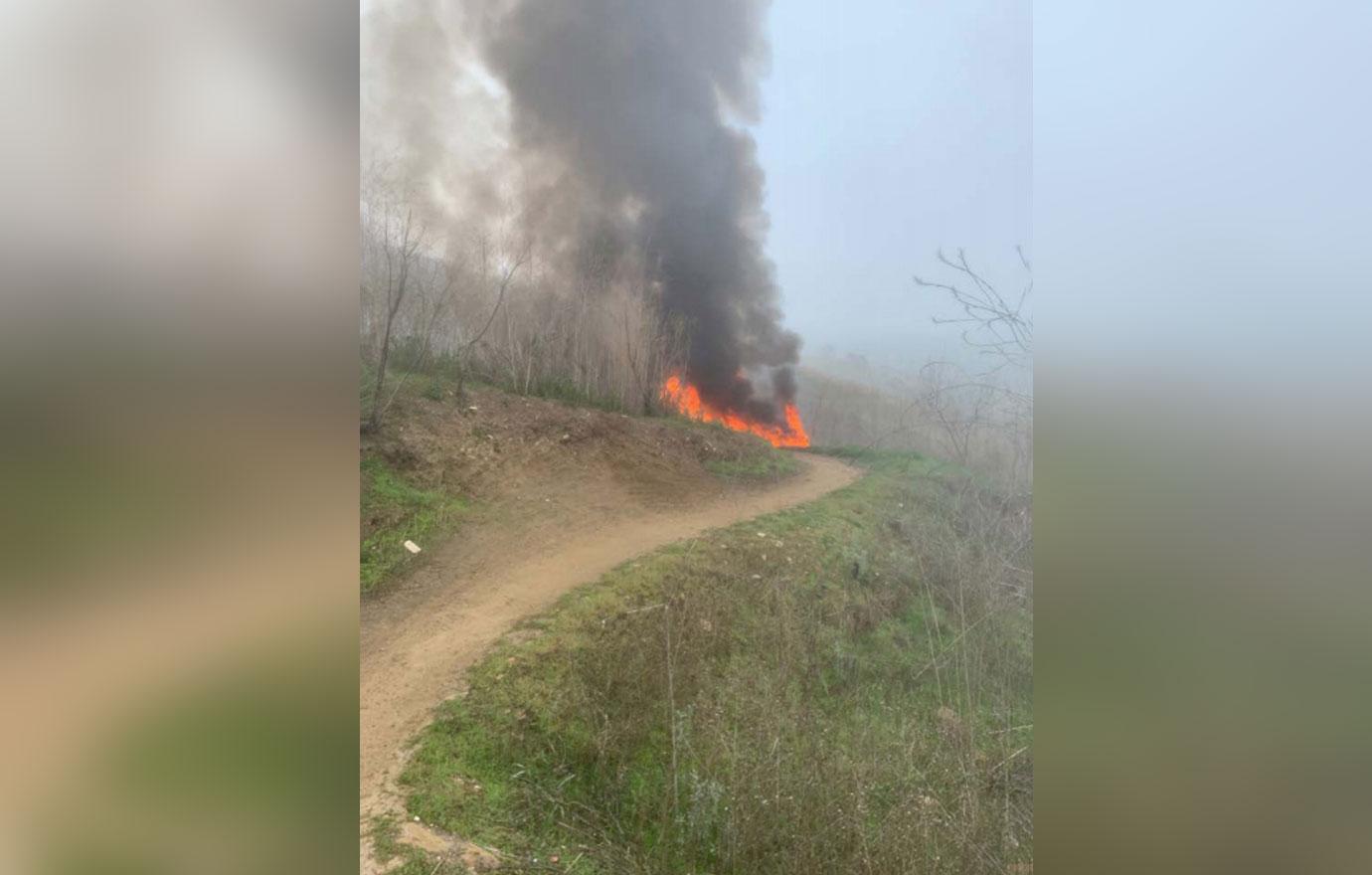
“Figure 5b was taken by a nearby resident about 5 minutes after the accident from a location about 4,000 feet west of the site at an elevation of 750 feet msl,” the report said about the photograph of fire in the Calabasas mountains.
Crash Report
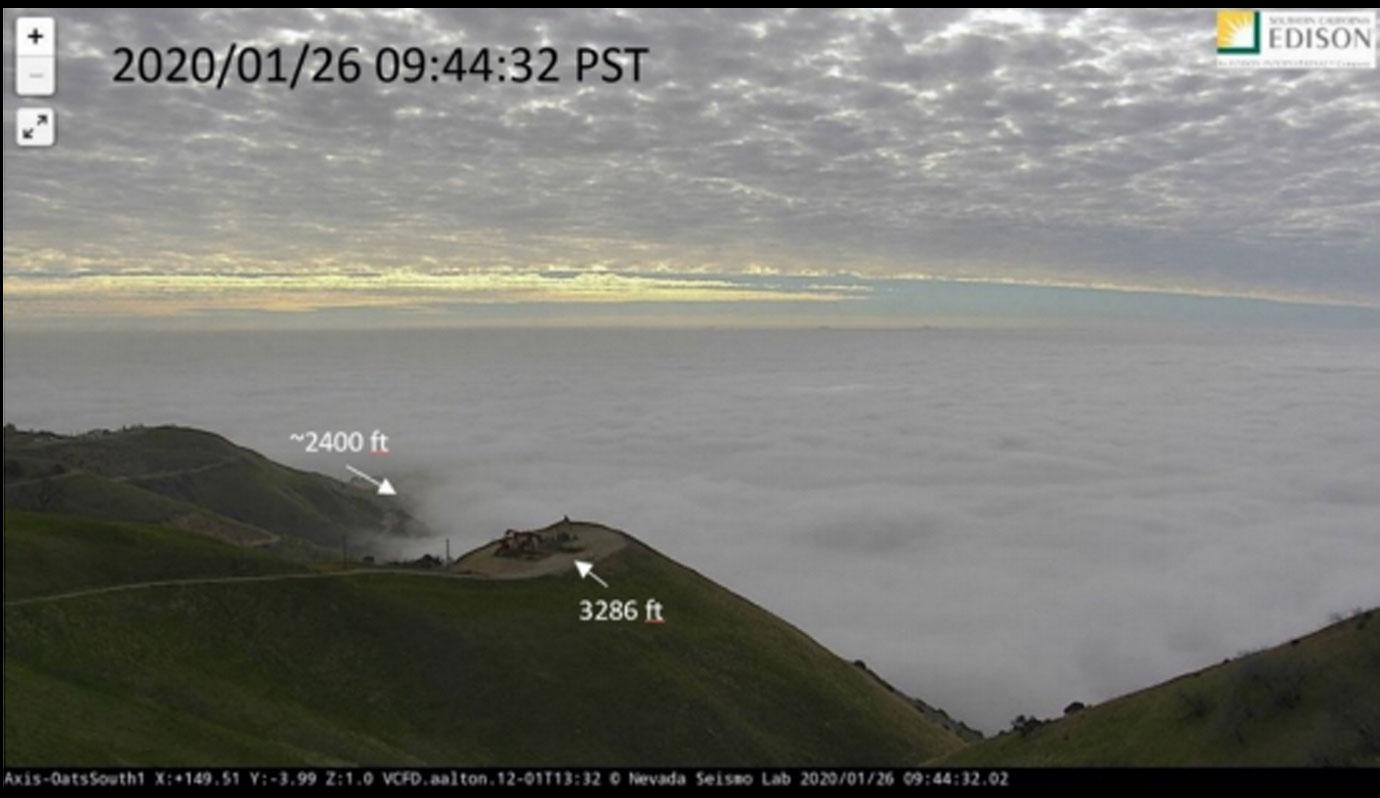
“Videos and photos taken by the public in the area of the accident also depict fog and low clouds obscuring the hilltops,” the NTSB report said. “Figure 5a was taken by a witness on the mountain bike trail about 0950. The witness stated that the area was surrounded by mist. He said he began to hear the sound of a helicopter, which he described as appropriate for a helicopter flying while in a powered condition. He perceived the sound getting louder and saw a blue and white helicopter emerge from the clouds passing from left to right directly to his left. He judged it to be moving fast, travelling on a forward and descending trajectory. It started to roll to the left such that he caught a glimpse of its belly. He observed it for 1 to 2 seconds, before it impacted terrain about 50 feet below his position.”
Last Photo
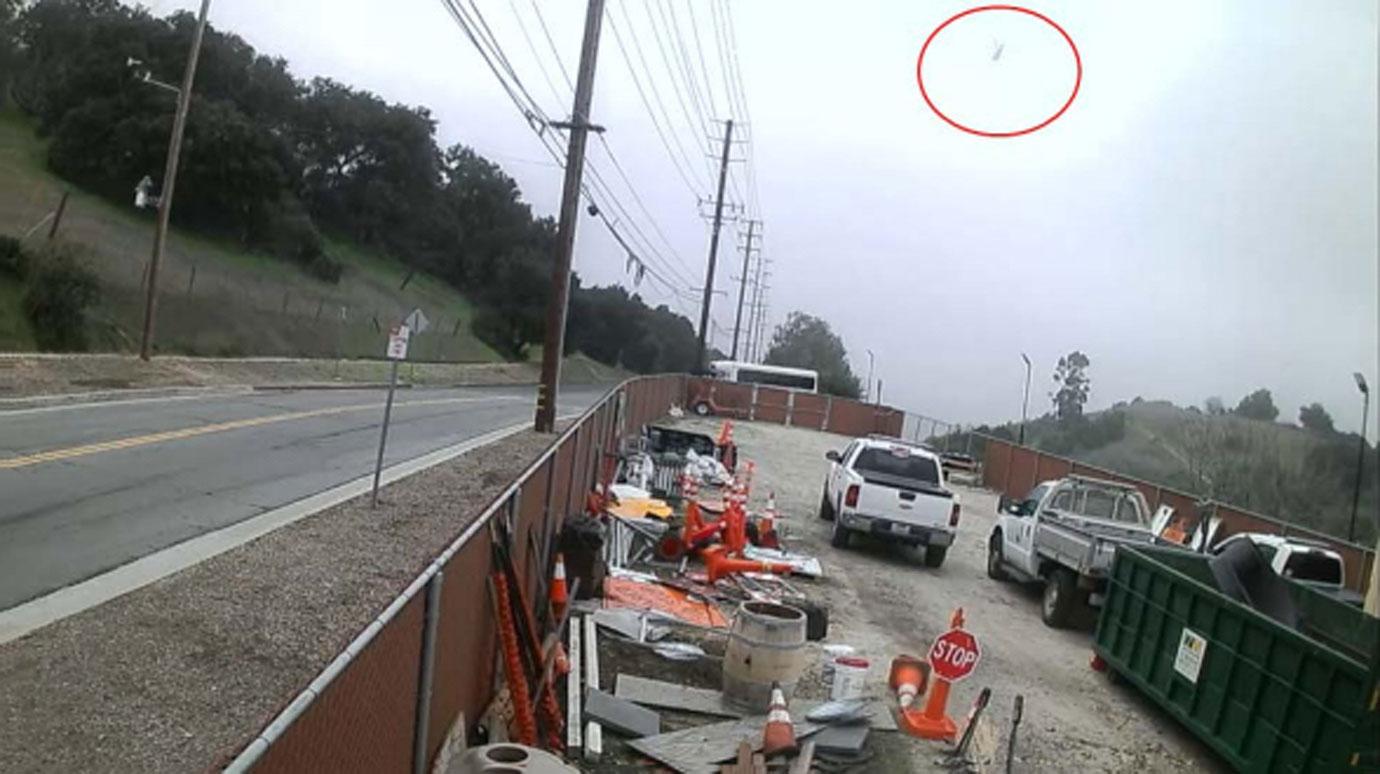
“Figure 6. Still frame from security video showing N72EX flying into clouds (circled in red),” the report revealed, showing a photograph of Bryant’s helicopter in the air flying into the clouds.
Crash Scene

“A witness mark consistent with the length and width of a rotor blade and containing fragments of rotor blade skin and honeycomb was positioned perpendicular to the direction of the debris line and directly above the impact crater,” the report released about Bryant’s fatal crash revealed. “One piece of 2-inch diameter tree branch was cut cleanly in 3 locations (similar to saw cuts) about 30 feet prior to the initial impact crater. Approximately 95% of the main rotor blades were recovered. All four blades exhibited similar damage consisting of midspan bending, pocket separation, blade tip separation, and leading-edge indentations and scuffing.”
Evidence
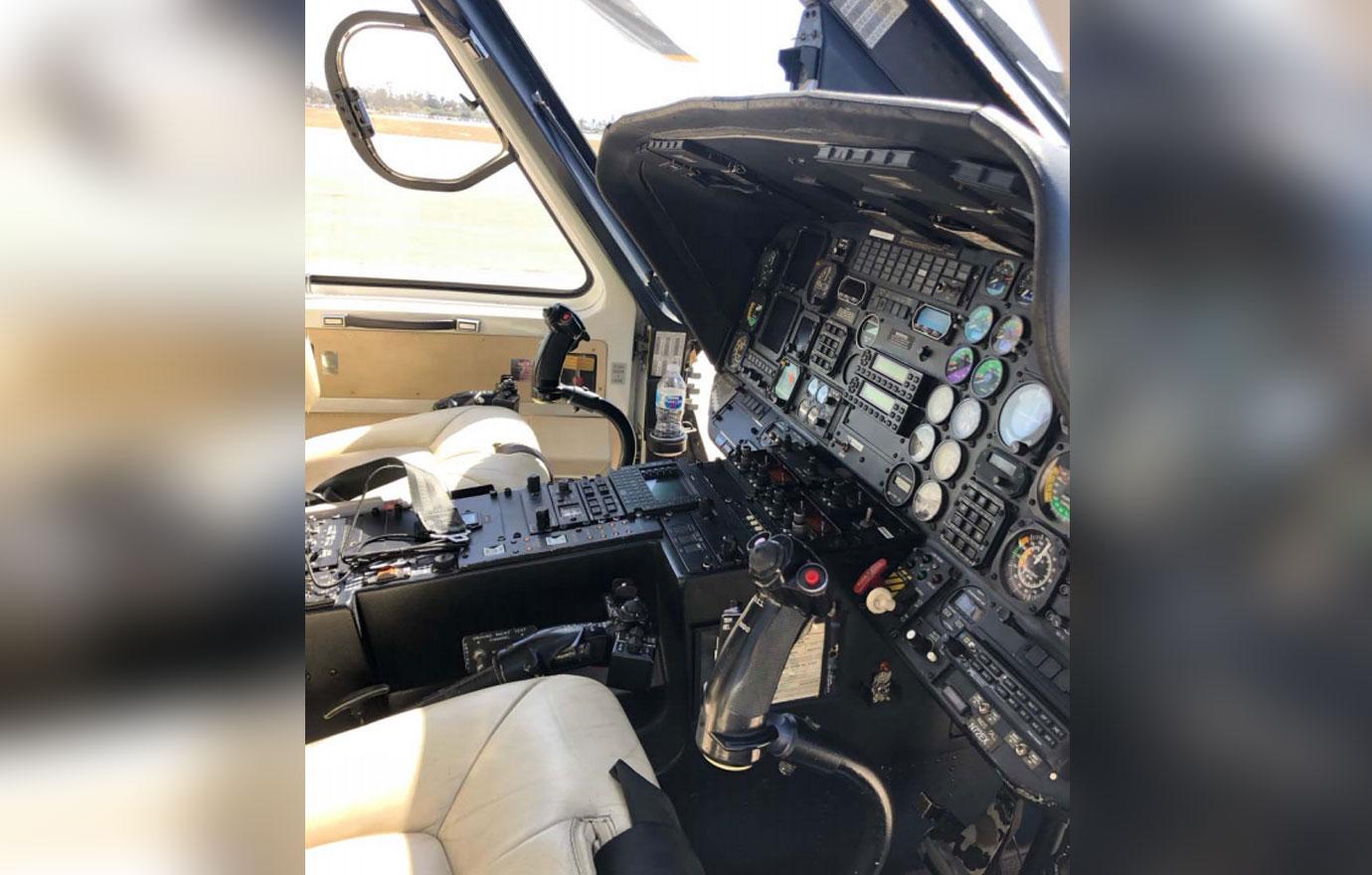
Shocking details about the condition of the helicopter were released. “The main wreckage was about 127 feet from the impact crater along a 3470 true bearing (3350 magnetic) and consisted of the empennage/tailboom, both engines, avionics boxes, and portions of the cockpit instrument panel. The entire fuselage/cabin and both engines were subjected to a postcrash fire. The cockpit was highly fragmented. The instrument panel was destroyed and most instruments were displaced from their panel mounts. Flight controls were fragmented and fire damaged.”
Chopper Details
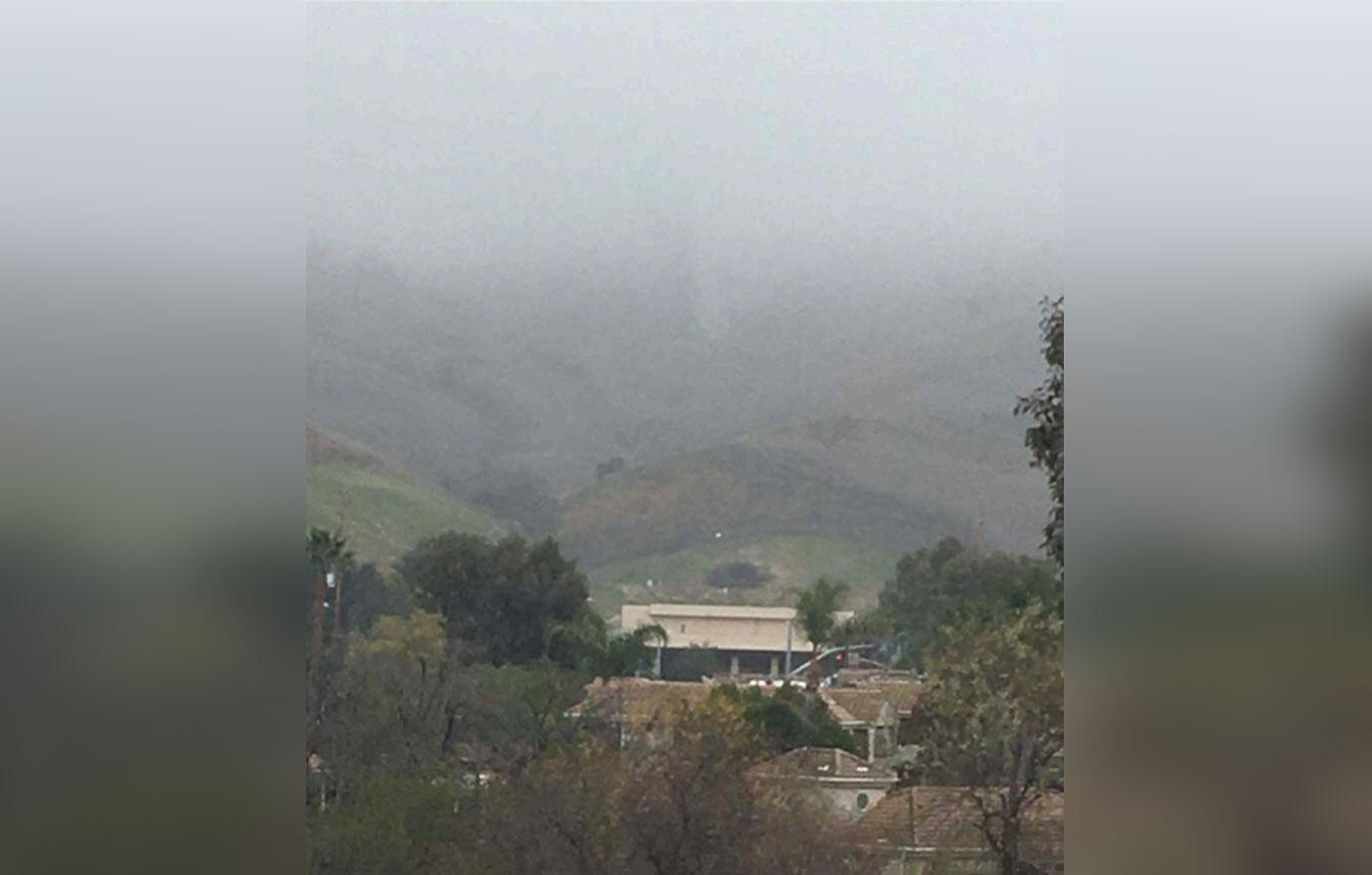
“The engines were found lying inverted near the empennage in the burned area. The accessory gearboxes and parts of the inlet cases of both engines were thermally destroyed,” the NTSB report said.
Investigation


“Viewable sections of the engines showed no evidence of an uncontained or catastrophic internal failure. The No. 2 engine first-stage compressor blades exhibited tip curl in the direction opposite of rotation, consistent with powered rotation at the time of impact. The engines were recovered for detailed disassembly examination,” the report stated.
No Recordings

“The helicopter was not equipped with a flight data recorder or cockpit voice recorder (CVR) nor was it required to be for the accident flight,” the NTSB confirmed.
Follow Up

“A number of personal electronic devices were recovered from the wreckage and will be examined for any relevant data,” the Aircraft Accident Investigative Update said.
